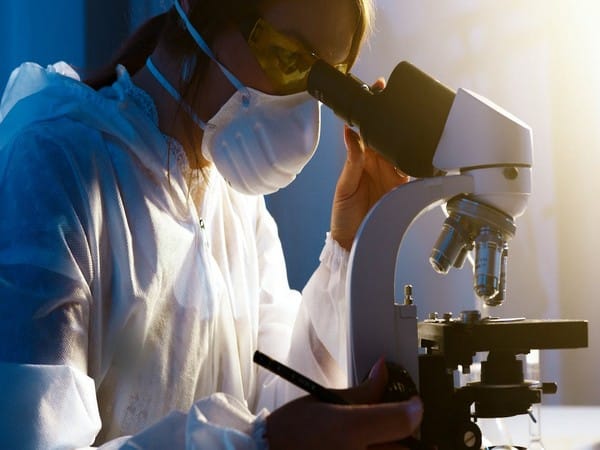Washington [US], July 18 (ANI): Griffith University researchers have played a vital role in controlling the way viruses are built by utilizing DNA ‘origami’ templates.
The worldwide team behind the study, which was reported in Nature Nanotechnology, devised a method to precisely and programmably regulate the building of virus capsids – the protein shell of viruses – in physiological settings.
Dr Frank Sainsbury and Dr Donna McNeale from the Griffith Institute for Drug Discovery were part of the research team and said forcing viruses to assemble onto DNA folded into different shapes “like origami” was a question that this project answered.
“We achieved control over the virus protein shape, size and topology by using user-defined DNA origami nanostructures as binding and assembly platforms, which became embedded within the capsid,” Dr Sainsbury said.
“The virus protein coatings could shield the encapsulated DNA origami from degradation.
“This activity is more like wrapping a present – the virus proteins deposit on top of the different shape that is defined by the DNA origami shape.
“And different virus proteins are like different wrapping paper, which would be relevant to different uses of the coated DNA origami.”
Precise control over the size and shape of virus proteins would have advantages in the development of new vaccines and delivery systems.
“But current tools to control the assembly process in a programmable manner were elusive,” Dr McNeale said.
“Our approach is also not limited to a single type of virus capsid protein unit and can also be applied to RNA–DNA origami structures to pave the way for next-generation cargo protection and targeting strategies.”
Currently, Dr Sainsbury and his team are working on gaining a more in-depth understanding of how different viruses self-assemble and how they can be used to encapsulate different cargoes.
This will allow them to design and modify further virus-like particles for a range of uses. For example, they discovered that one virus found in mice is able to carry protein cargo through inhospitable environments and into a specific subcellular compartment in human cells.
“With the enormous existing design space among viruses that could be used as carriers, there is still much to learn from studying them. We’ll continue to push the boundaries of how virus-like particles can assemble and what can be learned from using them as medicine transporters, vaccines and biochemical reaction vessels,” Dr Sainsbury said. (ANI)
This report is auto-generated from ANI news service. ThePrint holds no responsibility for its content.






